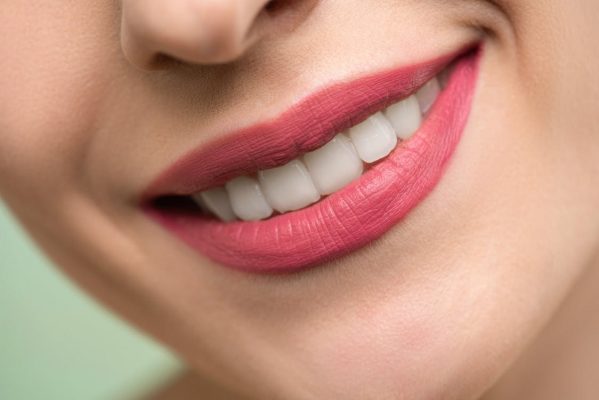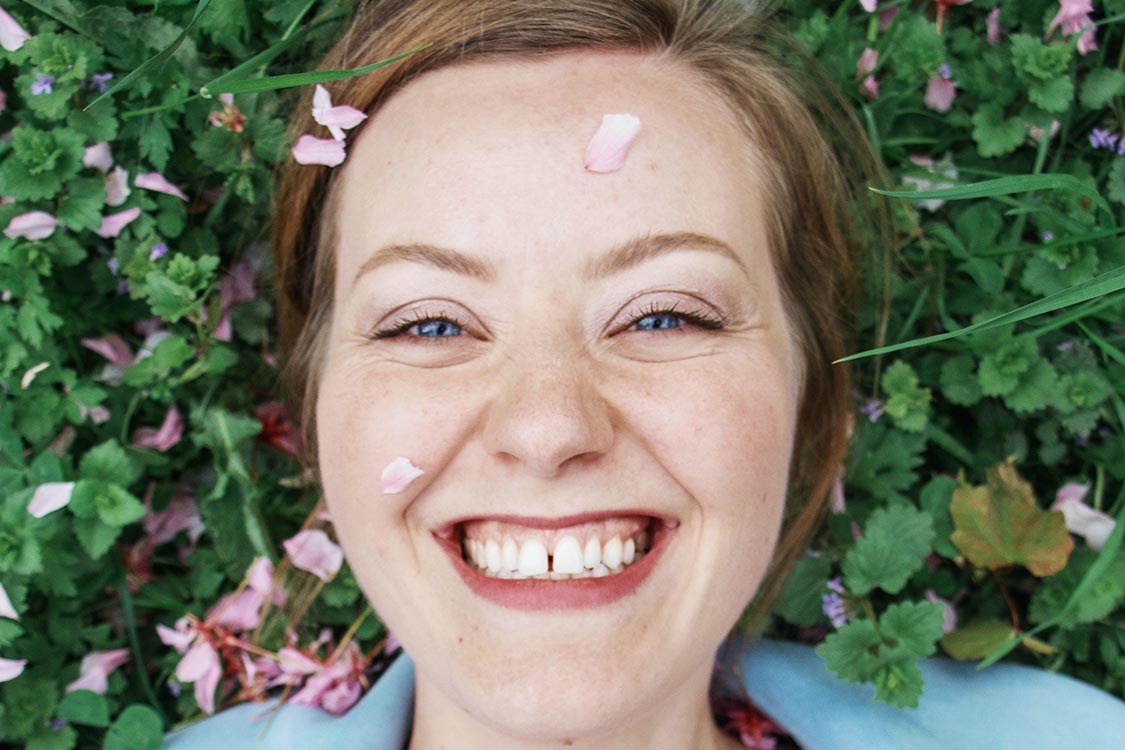
Still have questions?
“ Smile...so the world smiles with you ”
Smile Hawthorn
About Us
At Smile Hawthorn, we see the beauty in every smile, and we aim to provide the highest levels of care to our patients, so they always smile their biggest and brightest.
| Monday to Friday |
8:30 am - 5:30 pm |
|---|---|
| Saturday | By Appointment |
Useful Links
From the Wisdom Tooth

07 Jun 2022

Is Sparkling Water OK for my teeth?
02 Mar 2022

Smoking Shisha - Dangerous or Cool?
01 Sep 2021

Let's Talk About Gums
05 Aug 2024